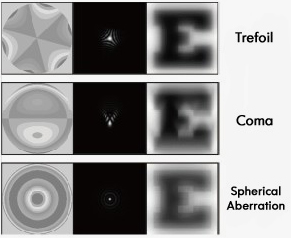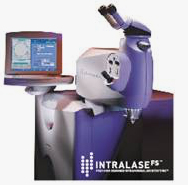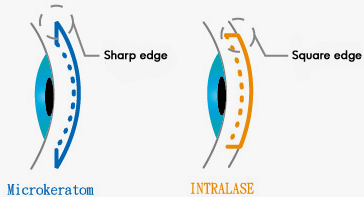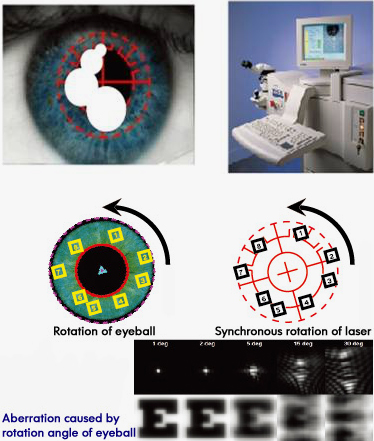

Principle for Ametropic Correction of iLASIK Surgery
Procedures of Surgery
Introduction to Characteristic of Various Equipments
Selection of Surgery (Indication and Price)
Dos and Don'ts before and after Surgery

Introduction to Characteristic of Various Equipments



2. It can precisely analyze 85% low-level aberration (near sight, far sight and astigmatism) and 15% high-level aberration, including comet aberration, spherical aberration, trefoil aberration, and other aberrations till 20-level aberration.




1. It can create optimum cut for corneal implantation, obtain an even corneal flap with same thickness, and smooth stromal form with evenly symmetric water content.
2. Make a sectional structure that can perfectly match cornea, which can make corneal flap back to original position for movement prevention, promote the restoration of surface nerves and also shorten the time of dry eyes after surgery. (Figure 1)
3.Laser beams can precisely focus to fixed depth in cornea to make a flap with small error in thickness, moreover, the precision of its laser pulse can reach±5μm.

5. That can reduce the risks for incomplete flap in course of operation.
6. That can reduce the chances of cut injection and epithelium growing from within.
7. That there is no thermal effects or shocks to affect the surrounding tissues.

Iris location technology is to analyze the iris image of wavefront eyeball and utilize the features of iris, more individualized than that of fingerprint, to make position marks. For Visx S4 IR, it will mark many position points to your iris features and apply positioning technologies to calculate the rotation angle of your eyeballs, so as to automatically correct the cutting angle for laser surgery. As being a fully automatic instrument with eyeball positioning system, VISX S4 IR has been approved by American FDA.



